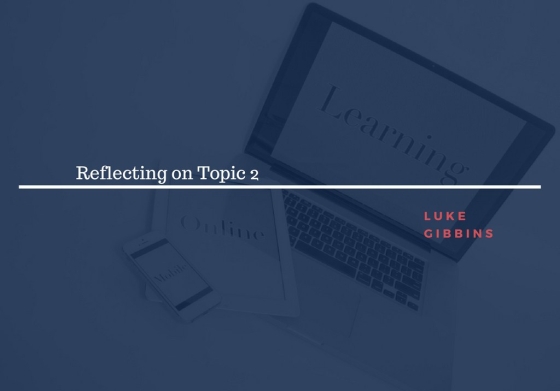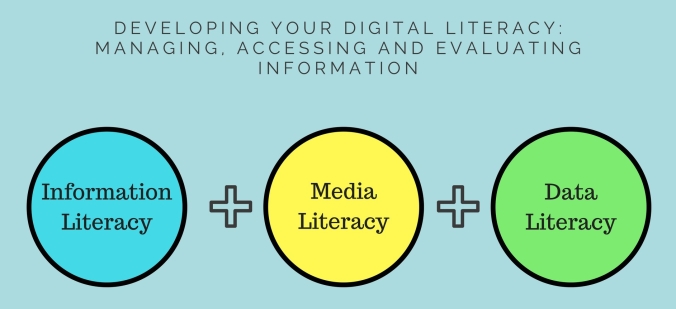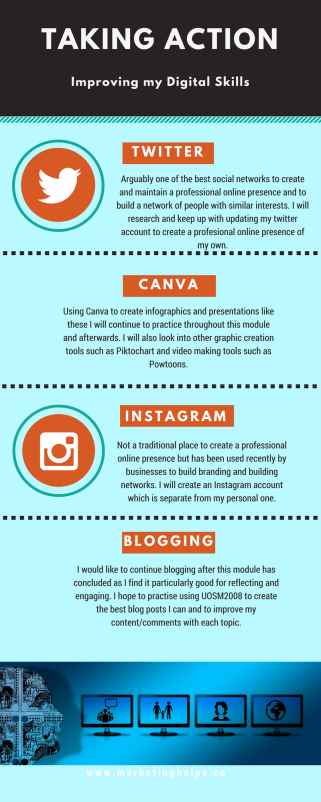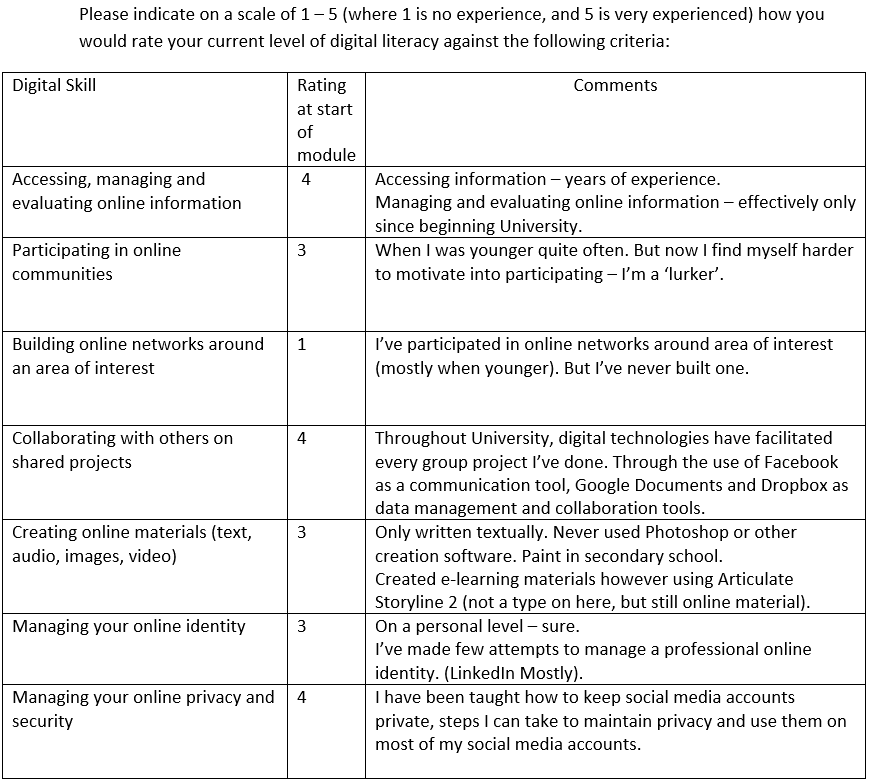
Reflection on Topic 3
A different approach…
After reading other blogs it became apparent that I took an alternative approach to others when using the theoretical work of Goffman and impression management as a way of evaluating the use of a single online identity vs multiple online identities. From this perspective the use of multiple identities is a natural phenomenon that allows us to maintain good impressions with different audiences, professional and personal.
Continue reading →







